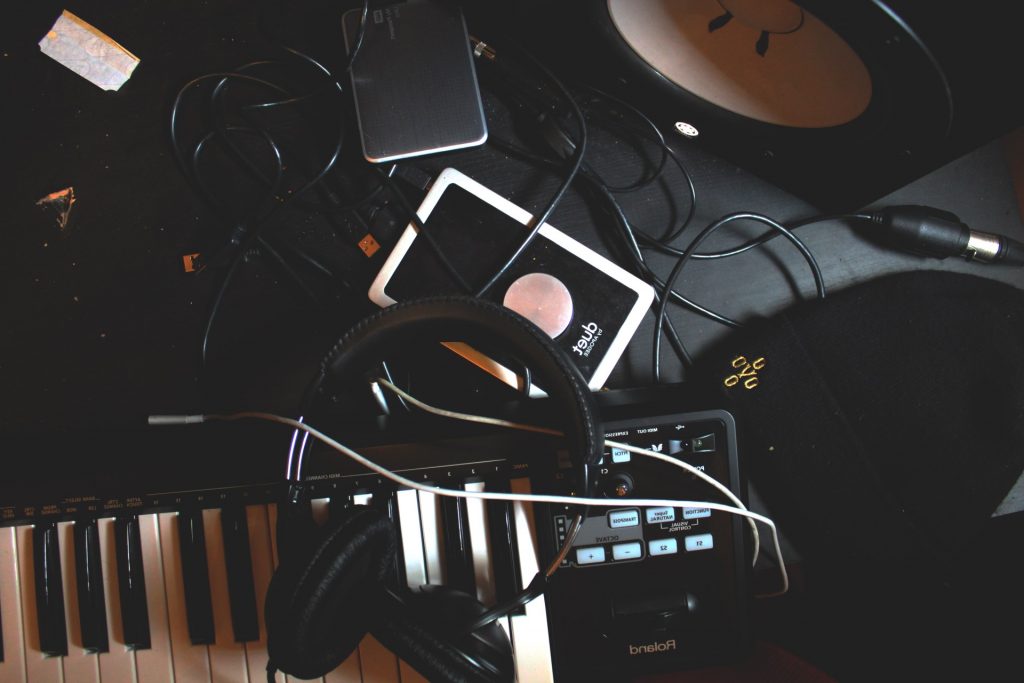What does music mean in its fullest sense?



Almost every definition of music has something to do with sound. You can make a list of universals by making a list of the different parts and aspects of sound. These things are pitch, timbre, loudness, length, and location in space. To narrow the definition even more, you can think about how a certain instrument or style of music sounds. Then you can look at the sound’s other qualities and use them in the style of music you’re interested in. Musical instrument
Musical has a lot of different meanings, which makes it hard to try to figure out what it means. The church, the theater, and the broadcasting industry are all places where meanings become clear. The modern concert puts a lot of emphasis on formal meanings, and recording technology has made it much bigger. Today, a recital hall can be any room that has the right tools. In fact, listening to recordings has helped a lot of people figure out what music is all about.
“Music” refers to the science and art of making and listening to musical sounds. The main sound is made up of vibrations that happen at the same time and in the same way. Harmony is a pleasing mix of tones that sound good together. The art of musics is putting together sounds in a way that sounds good to the ear. Music is more than just how it sounds; it also has a full meaning, which is what a musics score most often shows.
Art form
Sound or silence are the things that are used to make music. Musics is made up of many things, but pitch, rhythm, tempo, meter, and articulation are some of the most common. Music also has changes in volume and pitch. The word “musical” comes from the Greek word for “mouse,” which is where the musics comes from. In popular culture, you can find many different kinds of music. There are many different types of music, from classical to jazz to pop to rap.
Artists who can go beyond the limits of their chosen medium or genre are skilled. Jimi Hendrix’s and Scott Joplin’s musical, for example, is seen as a groundbreaking work of art, but it was still based on the instruments they played. Music is a mix of art and science. It affects our feelings and makes us feel things. A musician must not only be able to play the right music, but also be able to show how they feel through their music.
Cultural activity
Simple, compound, and irregular are the three main types of time signatures. Simple time signatures, which are also called 2/4 time signatures, have two and four quarter-note beats. Compound and irregular time signatures, on the other hand, have strong and weak beats that change every few beats. Some examples of each type are given below. Read on to find out more about each type. This article also talks about how simple and compound time signatures are different.
People all over the world have been making music for a very long time. Most of the time, music and dance were done by groups of people in hunter-gatherer societies. The song would sound better if more people took part in it. In the same way, there were more people involved, which meant that different roles could be played. As time went on, these people tried different ways to make the different parts work together, relying on social interactions to shape the end result.
Sound well-planned and on time
A music definition tries to explain what musics is by explaining what the word “musics” means. Trying to define something is hard, and many experts have different ideas about how to do it. Some say that is just organized sound, while others give examples of organized sounds that are not music. Some people think that human speech or sounds from nature are musics. Culture plays a role in how people understand music, which makes this debate even more complicated.
In its most basic form, music is a set of organized sounds that are put together in time. The beat is the basic unit of time in music. It is like the steady beat of the heart. People who write music know that beats come and go at regular times. This regularity is one of the things that define the full meaning of a piece of Music is more than just sounds, though. It also involves interacting with and talking to people.
Time signatures
A recent survey found that 62 percent of American adults take part in the performing arts for fun, with their families, and with their friends. Also, the Bureau of Labor Statistics says that more and more artists and musicians are working in the United States. Because of these things, music is just as important today as it was in ancient times and to Aristotle. So, this activity can be seen as an important part of modern life. Here are some interesting things about how important is to our society.
Let’s start by talking about what a time signature is. In a song, the numerator of a time signature is the number of beats in each measure. The lower number tells you which note has a beat, and vice versa. Most of the time, time signatures come at the beginning of a piece, right after the bass and treble clefs and the key signature. A composer will sometimes change the time signatures of a song in the middle of it.
How a piece of music works
One way to learn about the history of music is to look at what it is used for. Many scholars have tried to list all of these roles. Many of these functions have nothing to do with theory and are just collections of descriptions from the literature. Some of these lists are all-inclusive and don’t explain how they were put together. Some aren’t as detailed, but they do list the works and what they’re supposed to do. The goal of this summary is to give an overview of what has been written about the topic.
Both the development and transitional parts of a piece are important, but they are not the same thing. For example, a melodic idea from an earlier function grows into the development function. With tonicizations, the change can happen. Mozart often used half-cadences or rests to end the changes between his sonata forms. These cadences are where the form starts and stops. Most of the time, a piece’s theme is introduced in the development section, and the theme is then developed through many changes in the harmony. One example of this kind of section is the last theme.
